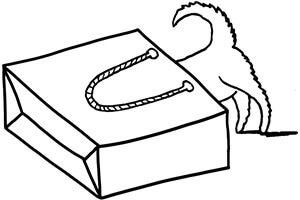-

Your Shopping Bag is empty

The Responsible Choice
Buying antique jewellery is both ethical and eco-friendly as harmful and destructive mining processes are not needed to make an item yours.
Find Out More

 Free Australia Shipping
Free Australia ShippingA beautiful necklace which was made circa 1890. It may have been a special commission to copy an original diamondA precious, lustrous gemstone made of highly compressed carbon. Diamonds are one of the hardest materials known to mankind. Colours of diamonds range from colourless, yellow, orange and brown to almost black. Natural coloured (or ‘fancy’) diamonds can be extremely rare. The cut, colour, clarity and carat weight of a diamond are the criteria jewellers use... More and emeraldOne of the four ‘precious’ stones. An intense, deep green is the most desirable colour for emeralds. Flaws and cloudiness (‘jardin’) are very common in emeralds, so stones are often oiled, irradiated, and dyed to improve their look. Synthetic emeralds have fewer imperfections and are hard to set apart from natural stones. Emeralds belong to the beryl... More piece. This was a common practice in the VictorianJewellery made in the the Victorian era (1839-1901). More era. It is silverA metallic element which is malleable and ductile, and white in colour, making it ideal for use in jewellery. It is usually mixed with copper to improve its hardness.
More and studded with green and white pastes which have all been hand set.

Buying antique jewellery is both ethical and eco-friendly as harmful and destructive mining processes are not needed to make an item yours.
Find Out More


We always stand by our five core principles: Quality, Rarity, Expertise, Peace of Mind and Personal Touch
Find Out More